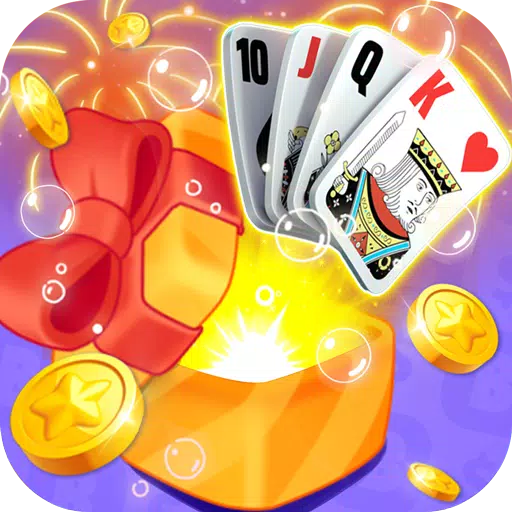The mid-1980s marked a golden era for Marvel, not only in terms of creativity but also financially. After overcoming the fiscal challenges of the late '70s, largely thanks to the success of Star Wars, Marvel was poised to revolutionize the comic industry with the launch of Secret Wars in 1984. This event had far-reaching effects on both the Marvel universe and the broader comic book landscape, setting new trajectories for beloved heroes and villains alike.
This period also saw the release of several other iconic tales, such as Frank Miller's Born Again arc in Daredevil, the resurrection of Jean Grey in X-Factor, and Walt Simonson's Surtur Saga in Thor, among others. In this installment, Part 8 of our series on essential Marvel issues, we'll delve into these new paths and highlight significant stories from this vibrant period.
More Essential Marvel
1961-1963 - The Birth of a Universe
1964-1965 - The Sentinels Are Born and Cap Dethaws
1966-1969 - How Galactus Changed Marvel Forever
1970-1973 - The Night Gwen Stacy Died
1974-1976 - The Punisher Begins His War on Crime
1977-1979 - Star Wars Saves Marvel From Bankruptcy
1980-1982 - Did the Dark Phoenix Saga Usher in the Greatest Decade for Marvel?
Frank Miller's Born Again and Walt Simonson's Surtur Saga
For standout narratives from this era, one must look no further than Born Again, Frank Miller's return to writing Daredevil, this time with David Mazzuchelli on art. Spanning Daredevil #227-233, this arc is often hailed as the definitive Daredevil story. It follows Karen Page's descent into addiction, leading her to sell Daredevil's secret identity for heroin, information that ultimately falls into the hands of the Kingpin. He uses this knowledge to dismantle Matt Murdock's life, leaving him homeless, jobless, and isolated. Matt hits rock bottom but finds redemption through his mother, a nun named Maggie. His gradual comeback as Daredevil and the Kingpin's escalating fanaticism craft a compelling narrative, later adapted in Season 3 of Netflix’s Daredevil and serving as inspiration for the Disney+ series Daredevil: Born Again.
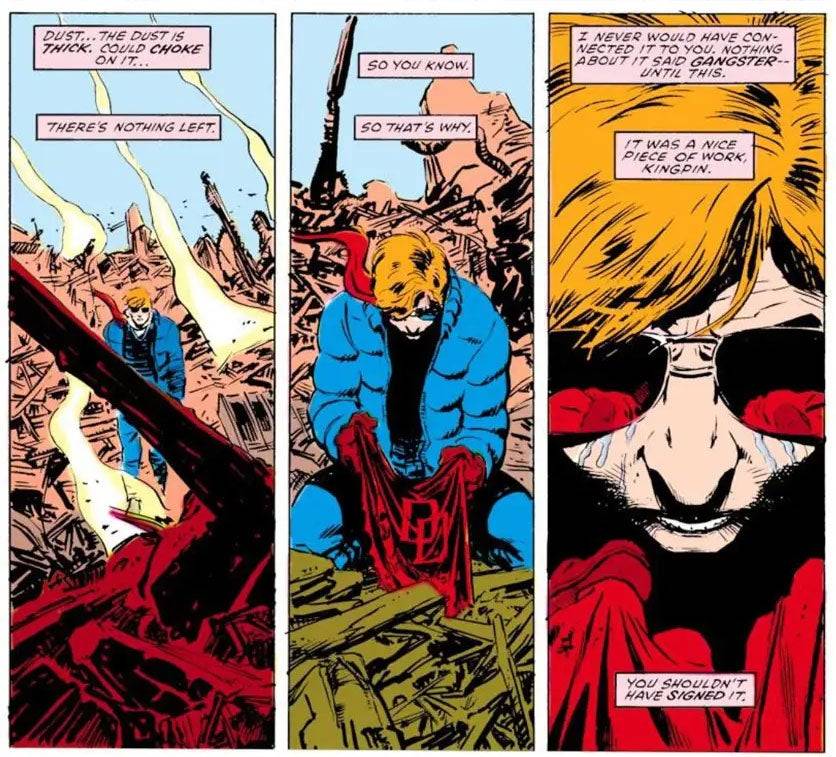 Daredevil: Born Again
Daredevil: Born Again
Another iconic saga from this time is Walt Simonson's run on Thor, starting in 1983 with #337, which introduced Beta Ray Bill, an alien worthy of wielding Mjolnir. Simonson's work revitalized Thor’s mythic fantasy essence, culminating in the year-long Surtur Saga from #340-353. This tale follows Surtur, the fire demon ruler of Muspelheim, in his quest to trigger Ragnarok using the Twilight Sword. He dispatches Malekith the Accursed to battle Thor, allowing time to forge the sword. The saga's climax features an epic confrontation with Thor, Loki, and Odin united against Surtur. While the specifics were altered, elements of this saga influenced Thor: The Dark World and Thor: Ragnarok.
Secret Wars Changes Comics Forever
In Part 4 of this series, we explored how the 1973 Avengers/Defenders War foreshadowed the event crossovers that would become staples in Marvel and DC's publishing strategies. The shift fully materialized in 1984 with the 12-issue Secret Wars miniseries, crafted by then Editor-in-Chief Jim Shooter and artists Mike Zeck and Bob Layton. Born from a marketing collaboration with Mattel, the series revolved around the Beyonder teleporting a mix of Marvel heroes and villains to Battleworld to battle for supremacy. The narrative primarily focused on large-scale fights and plot setups that spilled over into ongoing titles, though it faced criticism for its handling of character arcs and the X-Men's portrayal. Despite its flaws, Secret Wars had a lasting impact on the industry, leading to a sequel, Secret Wars II, and contributing to the event-driven publishing model alongside DC's Crisis on Infinite Earths.
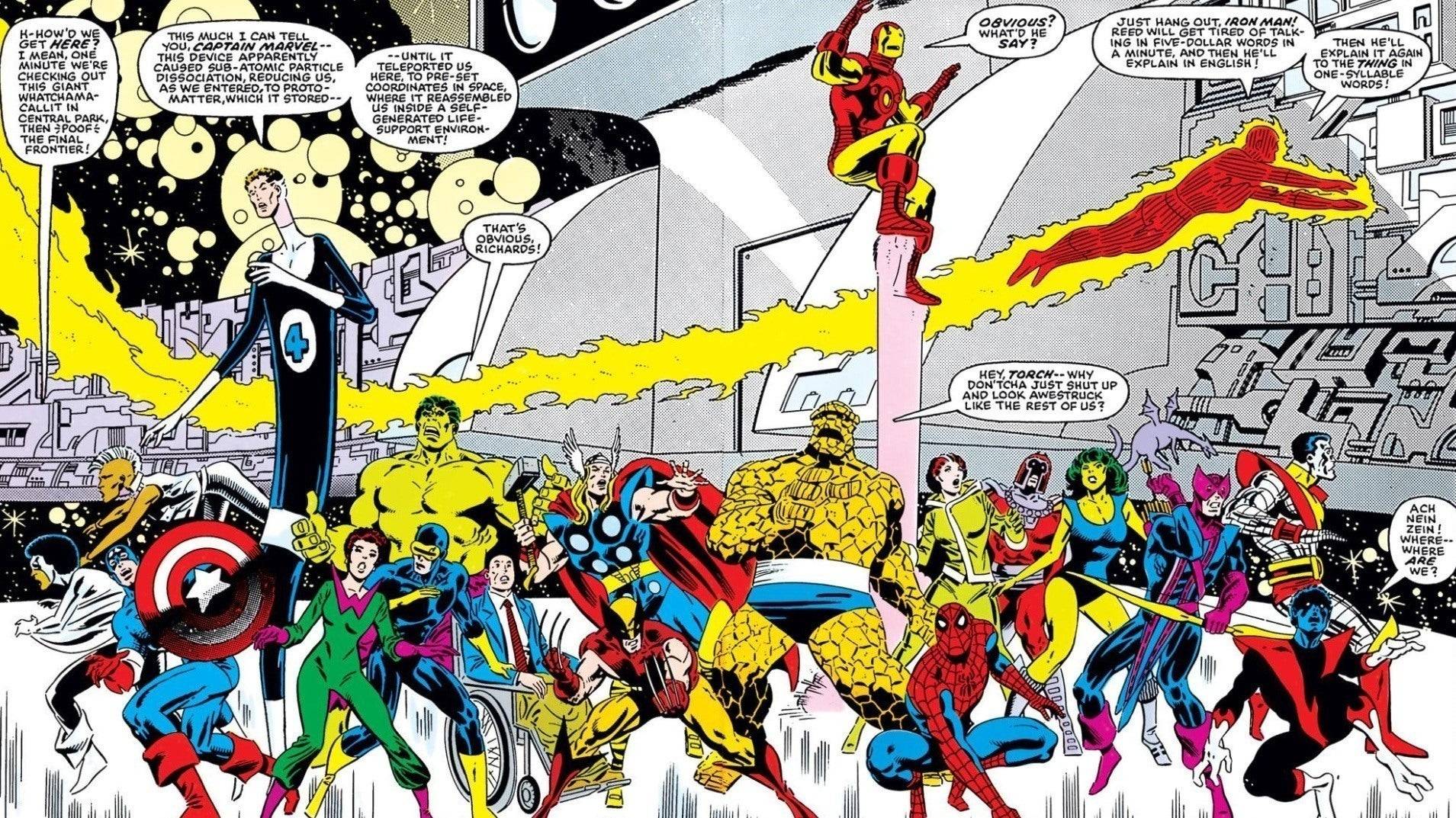 Secret Wars #1
Secret Wars #1
Spider-Man’s Symbiote Suit and Other Iconic Spidey Stories
After foundational runs by Stan Lee and Gerry Conway, Amazing Spider-Man found its next iconic writer in Roger Stern, starting with #224. Stern, having honed his skills on Spectacular Spider-Man, brought Spider-Man back to its esteemed heights. His most significant contribution was the introduction of the Hobgoblin in Amazing #238, quickly becoming one of Spider-Man's most formidable foes. Although Stern's original Hobgoblin saga was cut short due to editorial interference when he left after #251, he later returned to resolve the villain's identity in the 1997 miniseries Spider-Man: Hobgoblin Lives.
Just as Stern departed, Amazing #252 introduced Spider-Man's black symbiote costume, initially debuted in Secret Wars #8 on Battleworld. This alien symbiote sparked a long-running subplot that eventually birthed one of Spider-Man's most iconic villains. The black costume became a hallmark alternate look for Spider-Man, inspiring numerous adaptations, including Sam Raimi's Spider-Man 3 and various animated series and video games. Another pivotal Spidey story from this era was The Death of Jean DeWolff in Spectacular Spider-Man #107-110 by Peter David and Rich Buckler. This dark tale, involving Spider-Man's hunt for the Sin-Eater and a conflict with Daredevil, offered a gritty, compelling narrative that resonated deeply with fans.
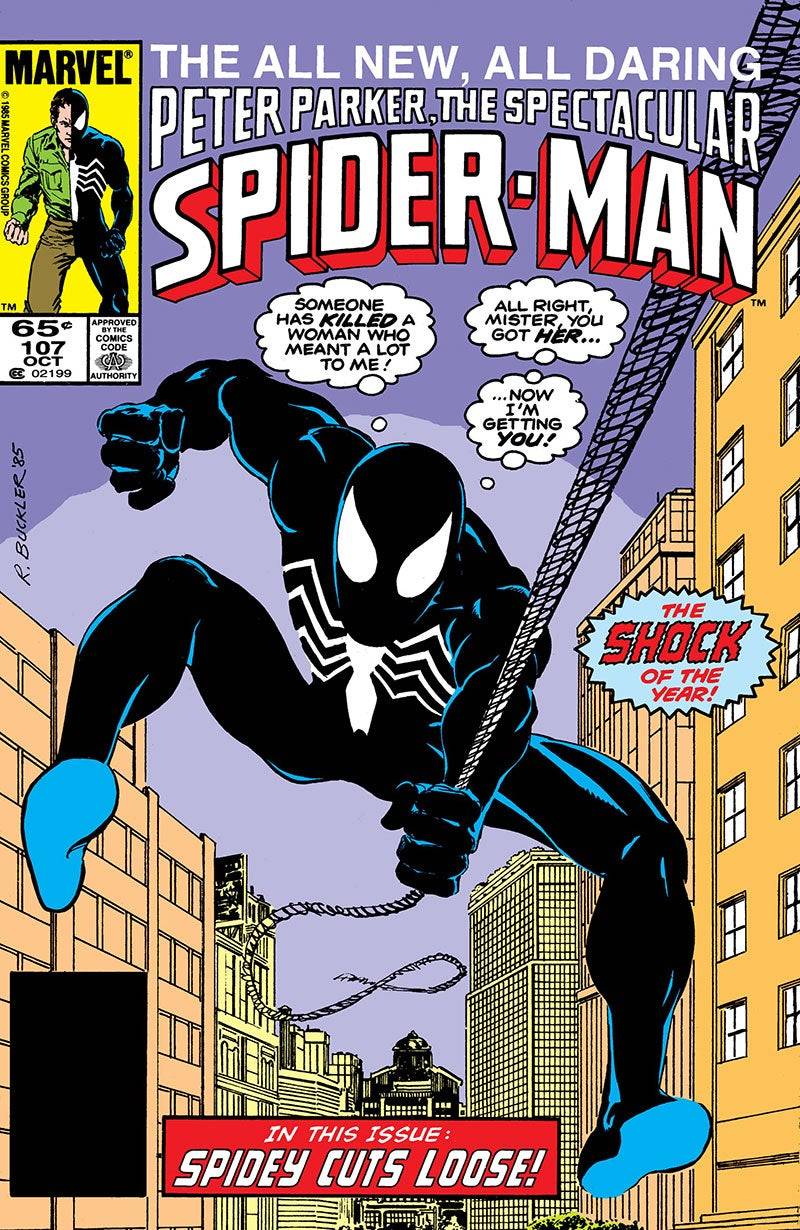 Spectacular Spider-Man #107
Spectacular Spider-Man #107
Jean Grey Returns, the Rise of Apocalypse, and Other Mutant Landmarks
The mid-1980s were also a significant period for Marvel's mutants. Vision and the Scarlet Witch #4 confirmed Magneto as the father of Quicksilver and Scarlet Witch, a revelation that stood as canon for decades until a 2015 retcon. X-Men #171 saw Rogue's transition from villain to hero, joining the X-Men and becoming a fan favorite. X-Men #200 similarly marked Magneto's heroic turn, culminating in him taking charge of Xavier's School for the Gifted, a plot later adapted in X-Men '97.
The most notable mutant milestones from this time were Jean Grey's resurrection and the debut of Apocalypse. Jean returned in a story arc spanning Avengers #263 and Fantastic Four #286, with no memory of her Phoenix days, explained by the Phoenix Force creating a new body. She then reunited with the original X-Men to form X-Factor. X-Factor #5-6 introduced Apocalypse, an ancient mutant merged with Celestial technology, who became a central antagonist for X-Factor and a staple villain in X-Men media, including the 2016 film X-Men: Apocalypse.
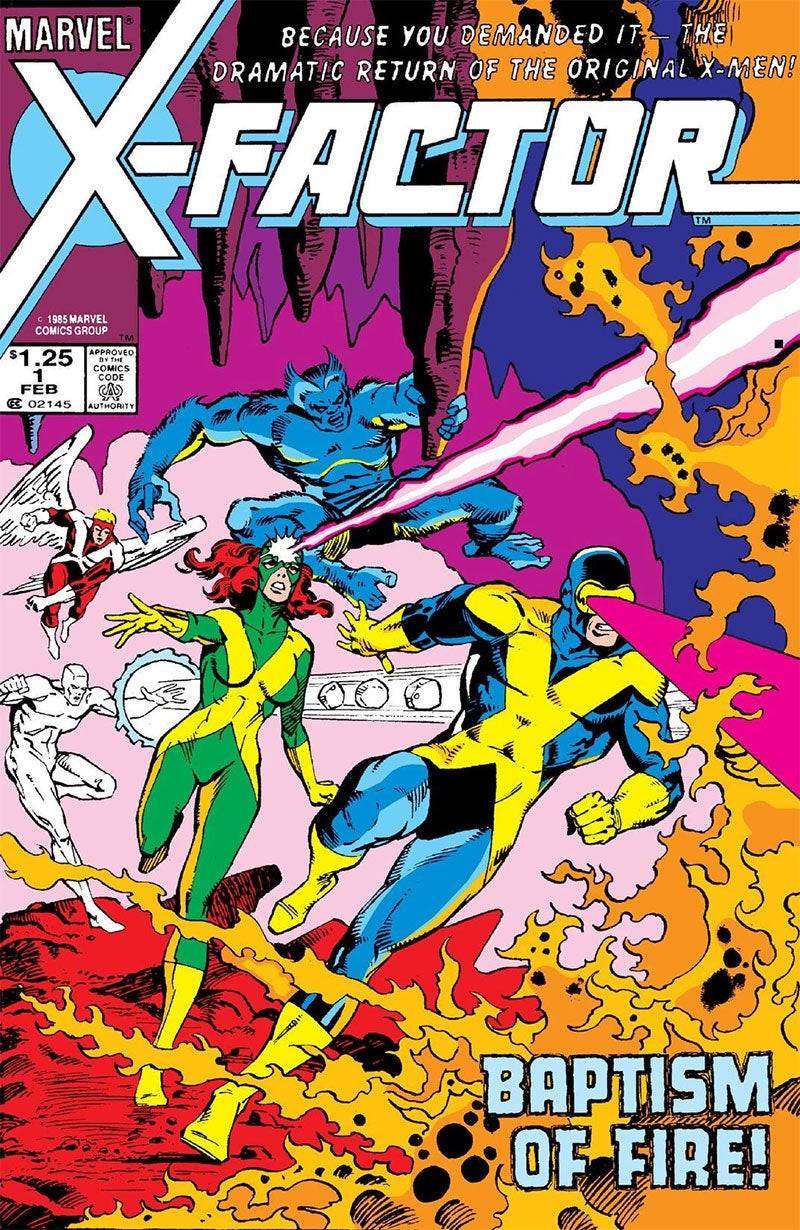 X-Factor #1
X-Factor #1





